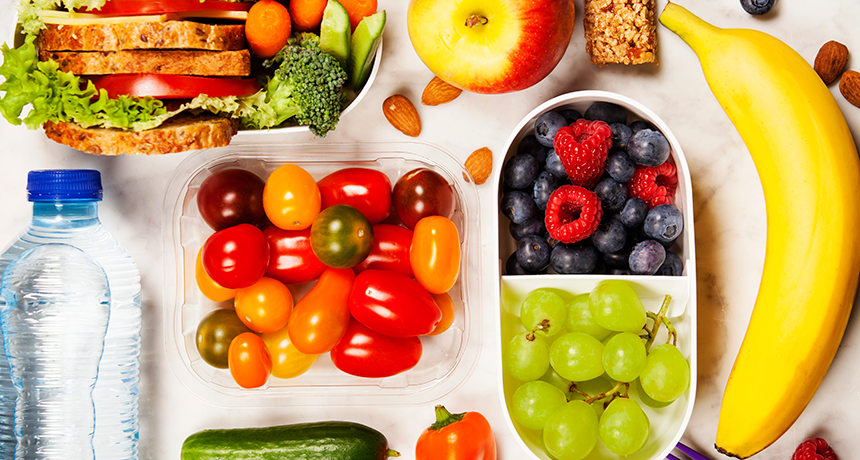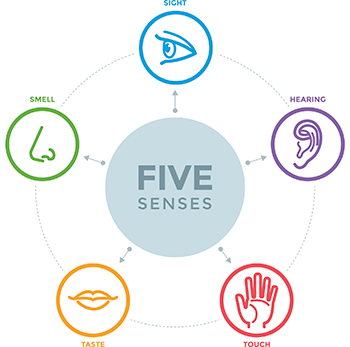artificial sweetener A chemical substance that has a sweet taste but few or no calories. People and food manufacturers add artificial sweeteners to foods and drinks to give them a sweeter taste. Many different artificial sweeteners exist. They include saccharin, sucralose and aspartame, among others.
cell The smallest structural and functional unit of an organism. Typically too small to see with the unaided eye, it consists of a watery fluid surrounded by a membrane or wall. Depending on their size, animals are made of anywhere from thousands to trillions of cells. Most organisms, such as yeasts, molds, bacteria and some algae, are composed of only one cell.
chemical A substance formed from two or more atoms that unite (bond) in a fixed proportion and structure. For example, water is a chemical made when two hydrogen atoms bond to one oxygen atom. Its chemical formula is H2O. Chemical also can be an adjective to describe properties of materials that are the result of various reactions between different compounds.
clinical (in medicine) A term that refers to diagnoses, treatments or experiments involving people.
dissolve To turn a solid into a liquid and disperse it into that starting liquid. (For instance, sugar or salt crystals, which are solids, will dissolve into water. Now the crystals are gone and the solution is a fully dispersed mix of the liquid form of the sugar or salt in water.)
flavor The particular mix of sensations that help people recognize something that has passed through the mouth. This is based largely on how a food or drink is sensed by cells in the mouth. It also can be influenced, to some extent, by its smell, look or texture.
meld A verb meaning to fully blend or merge together (as when two fatty solids are melted and then stirred until fully mixed in a pot).
molecule An electrically neutral group of atoms that represents the smallest possible amount of a chemical compound. Molecules can be made of single types of atoms or of different types. For example, the oxygen in the air is made of two oxygen atoms (O2), but water is made of two hydrogen atoms and one oxygen atom (H2O).
nutrient A vitamin, mineral, fat, carbohydrate or protein that a plant, animal or other organism requires as part of its food in order to survive.
papillae (sing. papilla) In biology, these are small round projections, or protuberances, from a surface. They range from pimples on the skin to bumps at the root of a hair or feather. The best known are those bumps on the tongue that host taste buds.
pore A tiny hole in a surface. On the skin, substances such as oil, water and sweat pass through these openings.
psychologist A scientist or mental-health professional who studies the human mind, especially in relation to actions and behaviors.
receptor (in biology) A molecule in cells that serves as a docking station for another molecule. That second molecule can turn on some special activity by the cell.
taste One of the basic properties the body uses to sense its environment, especially foods, using receptors (taste buds) on the tongue (and some other organs).
taste buds A collection of 50 to 100 or so taste receptors. They’re found on the tongues of land animals. When certain chemicals in food or other materials trigger a response in these receptors, the brain detects one or more of five types of tastes —sweet, sour, salty, bitter or umami.
toxin A poison produced by living organisms, such as germs, bees, spiders, poison ivy and snakes.









